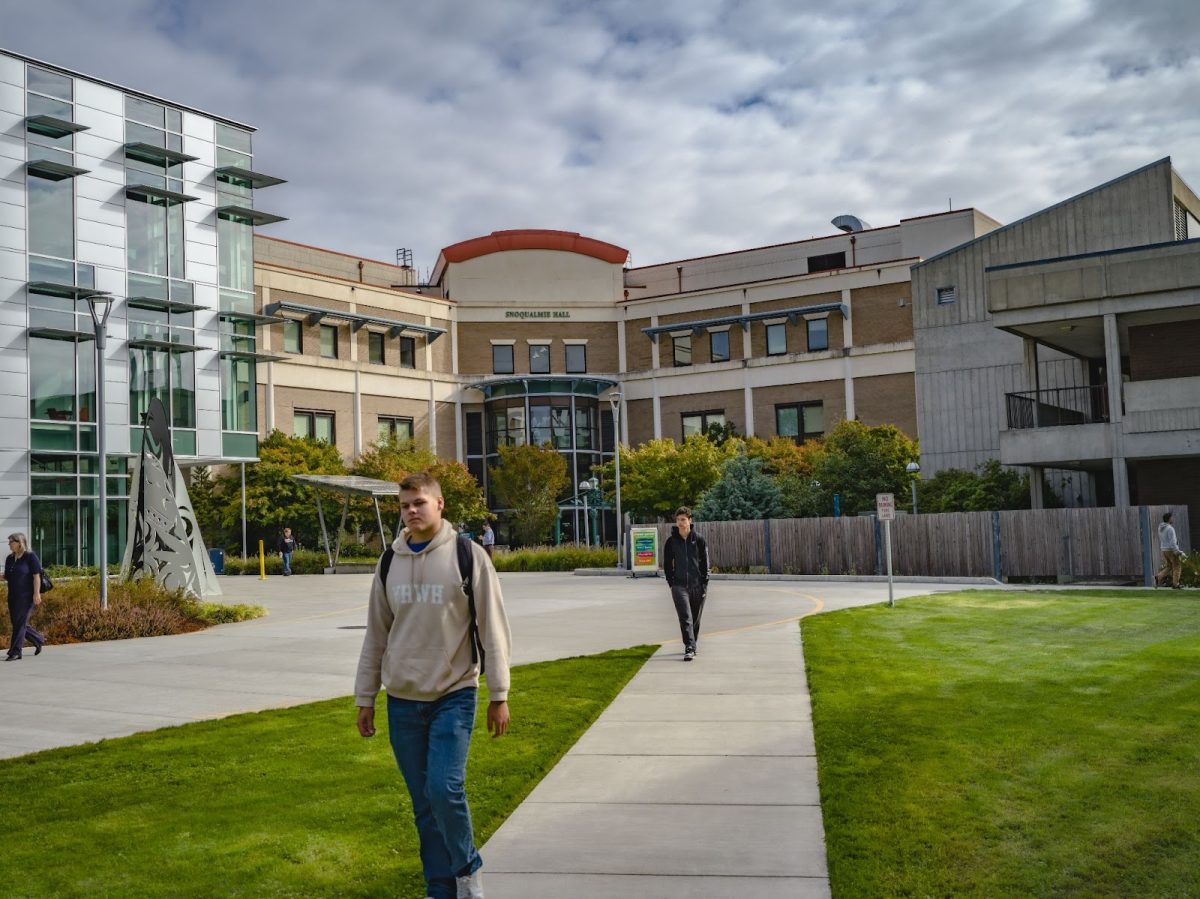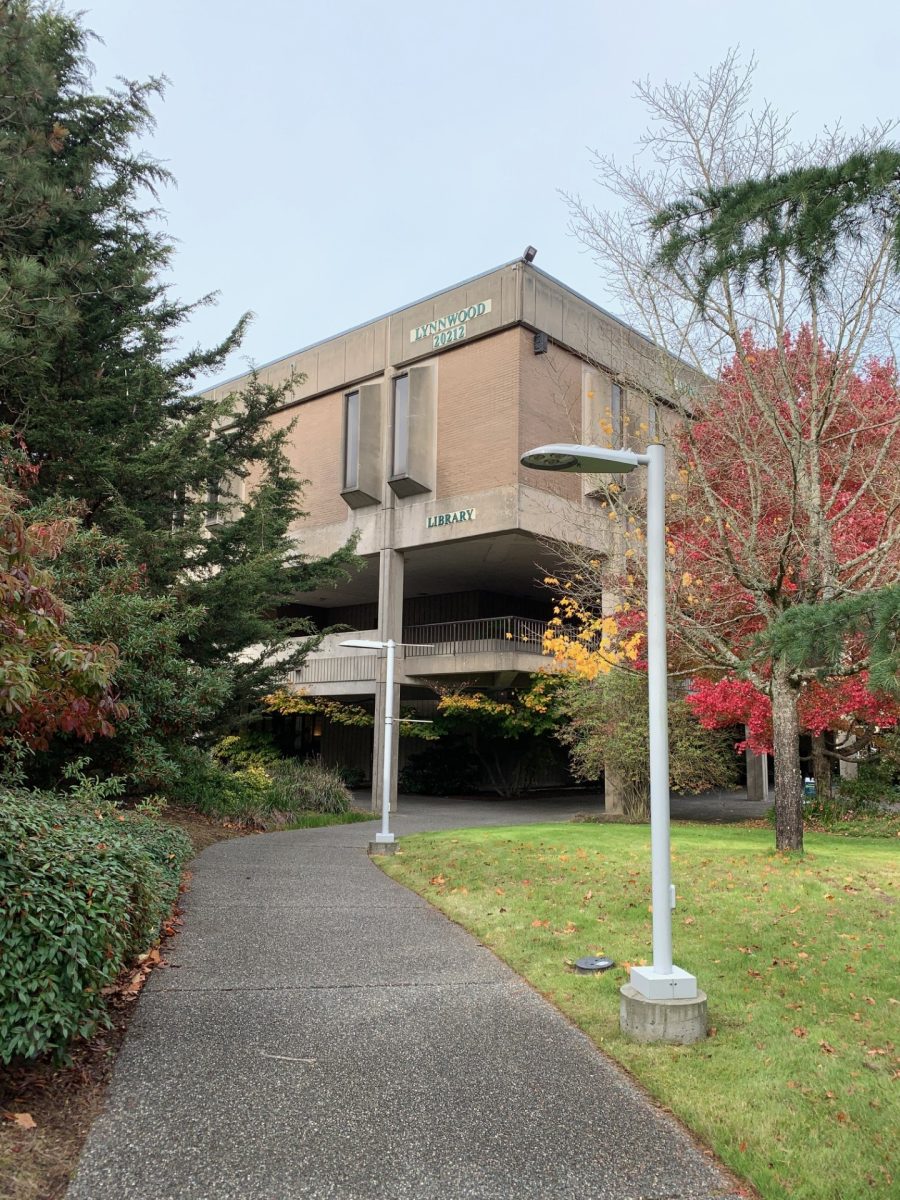Sacrifices are a part of Jamie Parker’s reality as an Edmonds College student whose money doesn’t always go far enough.
With full course loads, part–time jobs, and ever–increasing housing costs, Parker can often be seen skipping meals to maximize her budget.
“Sometimes, I just have to decide between groceries and textbooks,” she said.
It’s a feeling echoed by many students across campus, and beyond.
The cost of living in colleges is increasingly becoming a huge problem for students from across the country. For students at Edmonds College, the phenomenon is not different.
Fees for tuition, accommodation, and even for textbooks are piling up a lot of pressure on students.
According to a report from the College Board, the average cost for books and supplies climbed to above $1,200 this year, while rent in the Seattle metro area alone went up by 6%. High costs of living have brought about difficult situations for Edmonds College students, which force many to obtain part–time jobs to foot their bills, sometimes at the expense of schoolwork.
“It’s hard to focus on school when you’re worried about making rent, “said Alex Kim, a sophomore who also employs himself by working as a barista 20 hours per week while in school as a full–time student.
When so many things are combined, the result is increased strain of life on students. With insufficient and pricey public transit and the increased price of gas, it adds, again, to the total of what students pay, especially those whose commute comes from outside the immediate region. Costly gasoline or public transportation eats into narrow budgets for those who travel from out–of–the–way distances.
Edmonds College understands the reality of these problems and thus provides some resources to students in need that can help ease some of these pressures. The campus food pantry allows students to get groceries and hygienic products for free, and a textbook rental program cuts course material cost.
“We don’t want any student to have to make the decision to forgo a basic need in lieu of continuing their education,” said Rebecca Lang, director of student services.
Emergency grants at the college have proven helpful to students dealing with an unexpected financial short fall of any kind. In addition to these vital services, students have found ways to come up with creative solutions to keep costs lower. Many share housing, finding multiple roommates to help pay the rent, while others utilize free or inexpensive digital solutions–such as budgeting apps–to monitor where they are spending money and cut corners wherever possible.
For Parker, these minor adjustments made a huge difference.
“Meal prepping and buying in bulk when you can,” she said. “Not perfect, but it helps.
“While students do their best to make do, many believe that real solutions lie in systemic change: lower textbook costs, expanded financial aid, and affordable housing for students.
“Education shouldn’t be a barrier for anybody,” Kim said. “Programs like reduced tuition and increased state–funded financial aid in neighboring districts are examples of systemic change to alleviate the financial hurdles faced by students, and such models can be emulated by other institutions. If we want a better future, we need to invest in the people who are actually creating it.”








